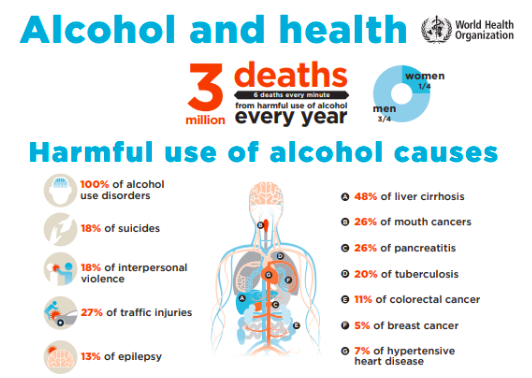By Elisa Herrera
As the festive season unfolds and the countdown to the New Year begins, Australia is no stranger to the joyous clinking of glasses and celebrations that mark the end of one chapter and the beginning of another. Yet, amid the revelry, it’s crucial to shine a spotlight on a growing concern that shadows our festivities—the alarming rates of alcohol consumption across the nation.

Australia’s diverse social and cultural activities often involve the consumption of alcohol, presenting a substantial public health challenge. The Australian Department of Health reveals that one in six Australians grapples with drug addiction, leading to 6,000 annual deaths due to alcohol abuse. A recent Australian Bureau of Statistics (ABS) report underscores this, citing a rate of 6.0 deaths per 100,000 Australians—the highest in a decade.
Dr. Antonia Saunokonoko, a specialist psychotherapist, offers insights into this situation, emphasising that problematic drinking transcends cultural, age, gender, and other divides. She connects these conditions to childhood trauma, where what once served as a solution becomes an inescapable trap.
“They lean on alcohol to change the way they feel, help them function, and get through the day. If you take that away, they will feel uncomfortable and unprotected, and that only heals with internal change,” explains Dr. Saunokonoko.
Controlling alcohol consumption, particularly during the upcoming holiday, can be challenging. A VicHealth-funded study reveals that New Year’s Eve represents a peak time, with alcohol intoxication-related ambulance attendances increasing by 75%, and emergency presentations rising by 50%.
The pervasive nature of this issue extends well beyond the constraints of holidays or any specific region, including Australia; it is a global challenge. Over the phone, Dr. Saunokonoko makes it clear – the impact of alcoholism and problematic drinking has no bounds. Regardless of location or circumstance, these issues reach across borders, emphasizing their universal nature and the need for a collective understanding.
Worldwide, 3 million deaths every year result from harmful use of alcohol. This represents 5.3% of all deaths.
World Health Organization
.
Alcohol doesn’t just affect how we feel—it touches various parts of our body and can lead to different issues. It impacts the central nervous system, increasing the chances of both intentional and accidental injuries, along with causing social problems. Additionally, it’s tough on our digestive and cardiovascular systems, showing some toxic effects.
When it comes to health risks, alcohol is classified as carcinogenic, meaning it raises the risk of developing different types of cancer, according to the International Agency for Research on Cancer. On top of that, it weakens our immune system, making us more prone to diseases like tuberculosis and HIV.
Dr. Saunokonoko advocates for complete abstinence from alcohol as a catalyst for healing. “What matters isn’t whether there are external deterrents or incentives; what matters is that the person develops some sense of internal ease within themselves,” she emphasizes.
As we face the challenges posed by alcohol consumption, understanding its broad effects becomes paramount, emphasizing the need for responsible drinking and heightened awareness of potential health consequences. In the pursuit of a healthier and more informed relationship with alcohol, let us collectively prioritize well-being over momentary indulgence.
If you or someone you know is struggling with alcohol addiction, reach out for support. Call the National Alcohol and Other Drug Hotline at 1800 250 015 or find more help through Alcohol & Drug Counseling online HERE.

